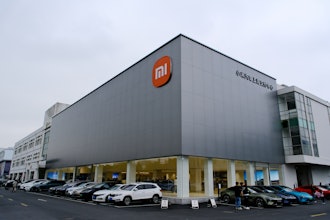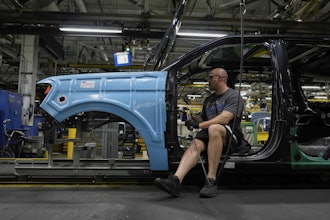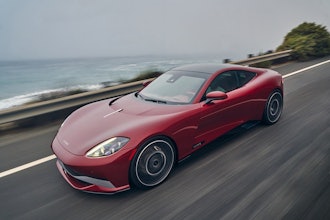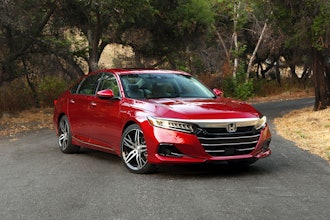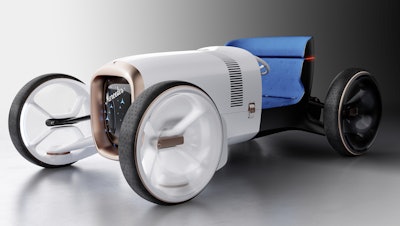
At Design Essentials 2019, Mercedes-Benz Design debuted the Vision Mercedes Simplex.
According to the company, the Vision Mercedes Simplex symbolizes the transition into a new era of design and technology while creating an homage to the historical legacy and the birth of the brand.
In the Beginning
In the spring of 1901, the history of mobility changed radically.
At Race Week in Nice a car the likes of which the world had never seen appeared on the starting line: a high-performance car which Daimler-Motoren-Gesellschaft had developed at the suggestion of the visionary Emil Jellinek.
The typical designs of the period were still closely related to motorized carriages.
The Mercedes 35 PS, named after Jellinek's daughter Mercedes, appeared with a completely new vehicle architecture and dominated the competitions in Race Week.
This design is acknowledged as the first modern car that heralded in a new era in vehicle design.
This transformation took the first step away from high motorized carriage based designs to a flat vehicle design with a light high-performance engine installed low in the frame.
Vision Mercedes Simplex recalls this historic event and carries the pioneering spirit and the stylistic character of those days far into the 21st century.
Two-Seater with Digital Luxury
The Vision Mercedes Simplex reinterprets the historic Simplex as a two-seater with freestanding wheels, an alternative drive and a new user interface.
The vehicle body has a horizontal alignment that sits as a monocoque amid the four large wheels, which form the outer points of the vehicle.
The transparent trims on the wheels reflect lightness and efficiency, as do the aerodynamic surface areas between the front wheels and the vehicle body.
Exterior Design
The radiator blends a dominant frame in rose gold – reminiscent of the bronze radiator grille of the historic example – with an opening in the form of a large lens-shaped black panel/3D display. The display is representative of the brand's entrance into the digital world.
It doesn't have a windshield and cabin envelopes the occupants like a protective cocoon.
Interior Design
The entire interior is an homage to the Simplex racing car.
A seamless transition between the exterior, interior and user experience reflects the holistic approach of the Mercedes-Benz design philosophy. This is particularly evident in the flowing, flute-like transition between the hood and instrument panel with its minimal interface, which works via projections. The seamless look continues into the foot well.
The design of the steering column and the switches on the instrument panel were inspired both by motorcycles and nautical design.
The bench seat is inspired by stylish furniture, the hand-made Chesterfield quilting denotes a contemporary interpretation of classically luxurious craftsmanship.
The color-and-trim concept, including the azure blue upholstery cover which transitions seamlessly into the foot well, is inspired by the colors of the Côte d'Azur.
UI/UX Design
The UI/UX design demonstrates a Mercedes-Benz vision of digital luxury. The driver is only shown the information they actually require in the specific driving situation. The heart of the instrument panel is a physical rose gold colored instrument on which dynamic digital content is projected.
This combination of mechanical beauty with intelligent digital content is described by the Mercedes-Benz designers as hyper analog. The right information is shown on the display at the right time, e.g. the speed, navigation instructions or vehicle information.
Other information is displayed on the instrument panel depending on the situation.
Given the simple presentation and the size of the display, the driver can take in relevant information and yet still concentrate fully on the road at all times.













